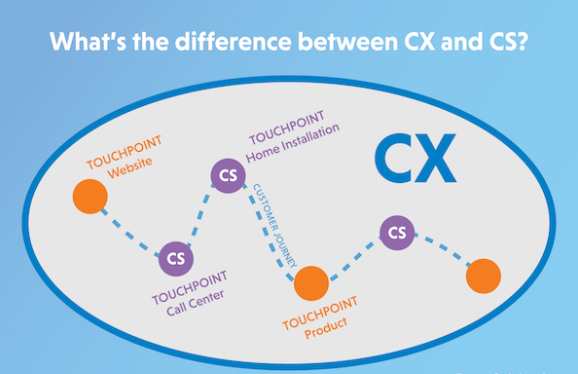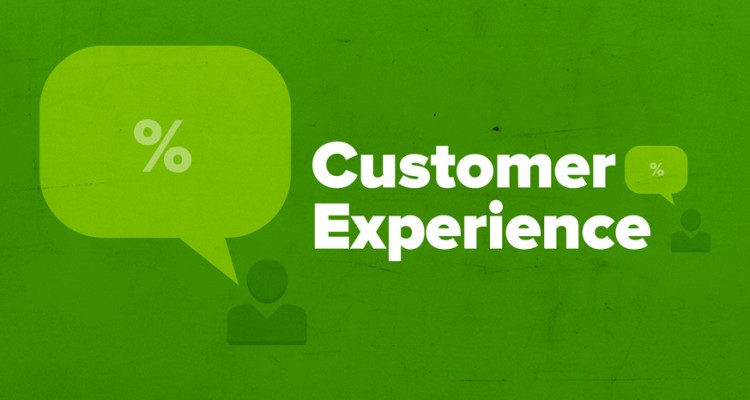Customer service (CS) is critical for delivering a great customer experience (CX). All too often, these terms are used interchangeably, but they are not synonymous—CS is not the same as CX.
Customer service is part of the overall customer experience, not the entire customer experience. It is vital to understand the difference between CX and CS as you implement Voice of the Customer (VoC).
What is Customer Service?
Customer service is probably a more familiar term — it’s also the more narrowly scoped of the two.
Customer service is the assistance and advice provided to a customer for your product or service as needed.
Customer service requires your customer-facing team to possess a particular set of skills, including patience, product knowledge, and tenacity, so they can provide the answers and assistance a customer needs. It’s the human element in the customer journey and the voice your customer will recognize as representative of your organization.
What is Customer Experience?
Customer Experience, or CX, refers to the broader customer journey across the organization and includes every interaction between the customer and the business.
CX involves all the ways your business interacts with a customer, including and outside of traditional direct, customer-facing service. CX captures how the customer uses your product or service, their interactions with self-service support options, the feeling of walking into your retail store, customer service interactions with the team, and more.
Customer experience includes three main components:
- Customer Service: This includes Customer Support, Customer Success, and self-service support — the points at which your customer interacts with your team.
- Technology: This is the product itself — how it works and the interactivity points.
- Design: This is the brand touchpoint — the marketing, the design, and the feelings your brand creates for your customer.
While those three areas are quite distinct, there are no hard lines between them. All of the pieces combine and work together to make up the customer experience.
Customer Service[CS] Vs. Customer Experience[CX]
The key difference between customer service and customer experience is that customer experience involves the whole customer journey, including customer service.
Customer service is limited to the interactions a customer has when seeking advice or assistance on a product or service. Understanding the customer experience, on the other hand, can involve analyzing data from non-customer-facing teams who contribute to a customer’s overall experience with a product or service.
Customer service and customer experience are both important pieces to an organization’s success, yet it’s not possible (or necessary) to draw hard lines between them. The line between how customers use a product and how they interact with the people supporting it are more blurred than ever. Customers consider the whole picture when thinking about your offerings, and you should, too.
CX is holistic and covers a wide number of touchpoints. Some of them are CS oriented, some are not. A complete VoC program includes all touchpoints, including those that are product or digitally oriented.



